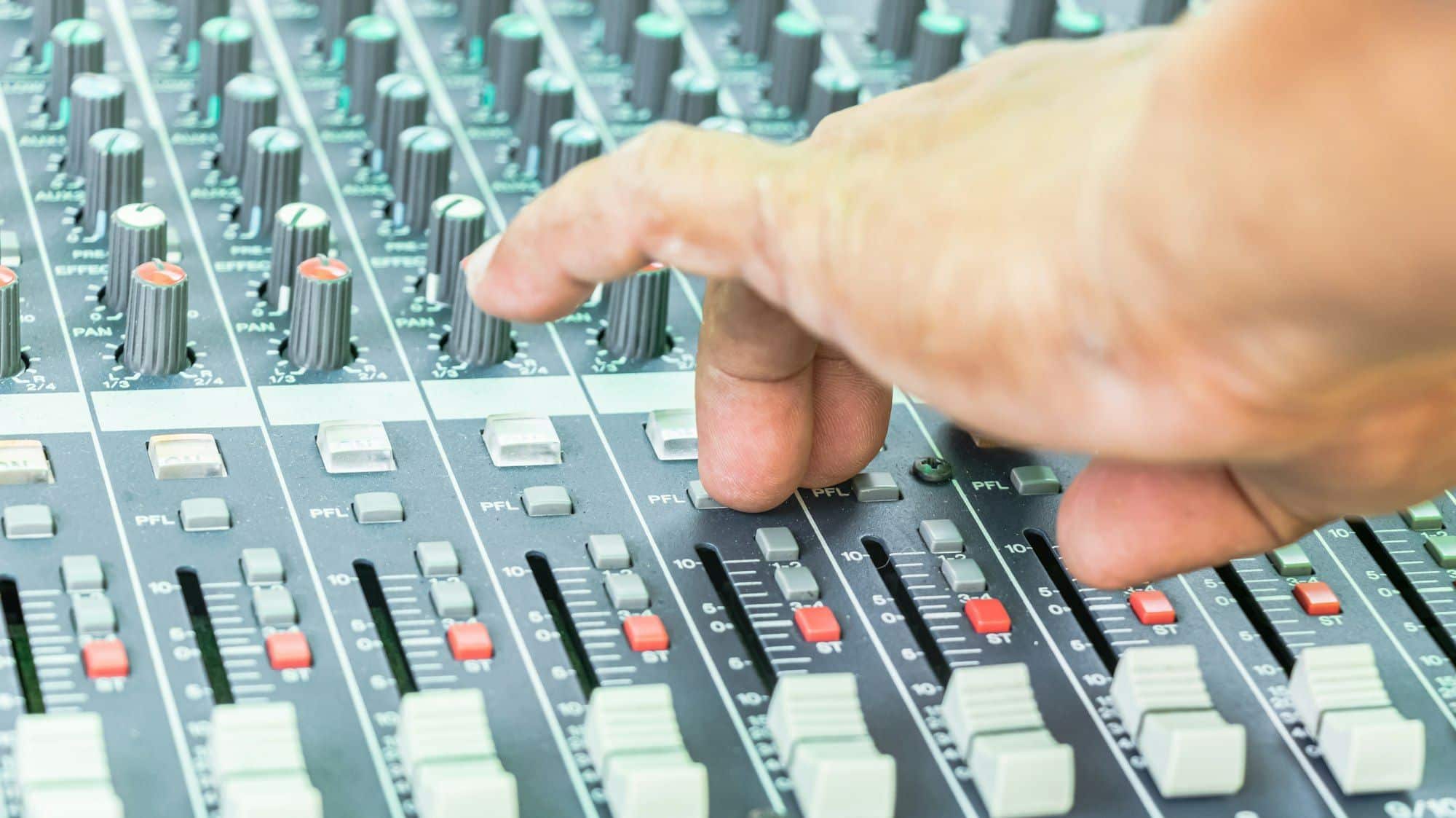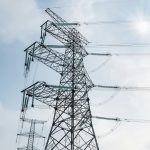Since the inception of cars, music and automobiles have been inseparable companions. There’s nothing quite like the joy of driving on the open road with your favourite tunes playing on the stereo. And for those of you who are true audiophiles, the stock audio system in most vehicles just won’t cut it. But how can you upgrade a car’s audio system for superior sound quality, without straining the battery, especially in the UK’s unique climate?
This article will guide you through the necessary steps and explain the considerations you need to bear in mind to ensure a successful audio system upgrade. You’ll learn how to choose the right components, install them properly, and balance power needs with sound quality.
In the same genre : What techniques can be used to enhance the throttle response of a naturally aspirated engine in the UK?
The Importance of Power Management
When upgrading a car’s audio system, the primary concern is often about achieving the best possible sound. However, the importance of proper power management cannot be overstated.
The car’s audio system is powered by the vehicle’s battery. When you upgrade to more powerful speakers, amplifiers, and subwoofers, you’re also increasing the amount of power drawn from your car’s battery.
Also to discover : What advanced driving techniques can help avoid accidents in high-traffic UK zones?
If not managed properly, your new audio system could drain the battery faster than it can recharge, leaving you stranded. Therefore, it’s crucial to plan your audio upgrade around the existing power capacity of your vehicle.
Choosing the Right Components
When selecting parts for your audio system upgrade, you need to keep two crucial factors in mind: power consumption and sound quality.
The three main components of any audio system are the head unit, amplifiers, and speakers. Each component comes in a variety of models, each with its unique power requirements and sound output.
The head unit is the control center of your audio system. It’s what you interact with when you change the radio station or adjust the volume. Choose a head unit that has a low power consumption but provides the features you want, like Bluetooth connectivity or satellite radio.
Amplifiers boost the audio signal from your head unit before it reaches the speakers. Powerful amplifiers can significantly improve sound quality but can also be power-hungry. Look for an amplifier that offers a high-efficiency rating, indicating it produces more sound per watt of power used.
Speakers convert the amplified audio signal into sound waves. The size and type of speaker can affect both the quality of sound and the amount of power required. Prioritize speakers that deliver high-quality sound with low power consumption.
Installation Considerations
Proper installation is key to achieving optimal sound quality and power efficiency. Poor installation can lead to power leaks, which can drain your battery, or sound distortion, which can ruin your listening experience.
Wiring
Correct wiring is essential for effective power management and optimal sound quality. Poorly connected wires can cause power leaks, while improper grounding can cause a humming sound in your speakers.
Use high-quality connectors, and ensure all connections are secure. Make sure all your wires are appropriately grounded and that there’s no chance of a short circuit.
Speaker Placement
The position of your speakers can significantly affect sound quality. Position your speakers strategically around the car to create a balanced, immersive soundstage. The ideal setup would have the speakers placed at ear level, pointing toward the listener.
Balancing Power and Sound Quality
The key to a successful audio system upgrade is finding the right balance between power consumption and sound quality.
Power Capacitors
To manage the extra power demand from your upgraded audio system, consider installing a power capacitor. A power capacitor stores power and delivers it to the audio system when the demand spikes, such as during a loud bass note. This can help prevent your audio system from draining your battery.
Sound Deadening
Invest in sound deadening materials to reduce road noise and improve sound quality. Sound deadening can make a significant difference in audio quality, allowing you to enjoy your music at lower volumes, thus reducing power consumption.
Remember, an audio system upgrade is not just about getting the loudest sound. Instead, it’s about creating an immersive, enjoyable listening experience while remaining mindful of your car’s power capacity. By following these recommendations, you can upgrade your car’s audio system without draining the battery, ensuring you can enjoy your favourite music wherever the road may take you in the UK.
Selecting a Reliable Power Source
Understanding the power requirements of your upgraded audio system is crucial in ensuring that you don’t drain your car’s battery. But beyond this, you also need to pick a reliable power source to support your system.
A secondary battery dedicated solely to your audio system might be a good idea if you’re planning an extensive upgrade. This provides a separate power source for your audio system, reducing the strain on your primary battery. If you choose this route, make sure the additional battery is securely mounted and properly wired to avoid any potential safety issues.
An alternator upgrade can also be a viable option. The alternator is the component that recharges your car’s battery while the engine runs. By upgrading to a high-output alternator, you can ensure that your car’s battery recharges faster, keeping up with the increased power demand of your new audio system.
The choice between a secondary battery and an alternator upgrade largely depends on your specific needs and the capacity of your current system. Consult with a professional if you’re unsure which option will work best for you.
Regular Maintenance and Checks
Consistent maintenance and regular checks of your audio system and power supply will ensure long-term performance and prevent unexpected power drains.
An audio system’s performance can deteriorate over time due to wear and tear, which can lead to increased power consumption. Regular checks will help you spot any potential issues before they become serious problems. Keep an eye out for signs of trouble like distortion in sound, popping noises, or the audio system turning off unexpectedly.
Regularly check your car’s battery health too. A weak or old battery may not be able to keep up with the power requirements of your upgraded audio system. Replace your battery if it’s showing signs of weakness or if it’s past its expected lifespan.
Conclusion
Upgrading your car’s audio system for optimal sound quality in the UK doesn’t have to come at the expense of your battery life. By carefully selecting the right components, ensuring proper installation, managing power consumption, and performing regular checks and maintenance, you can create a superb audio experience in your vehicle without worrying about draining your battery. Always remember that the aim is to achieve a rich, immersive sound experience, without compromising your car’s power capacity. Keep the rhythm going on every journey, wherever the road may take you.











